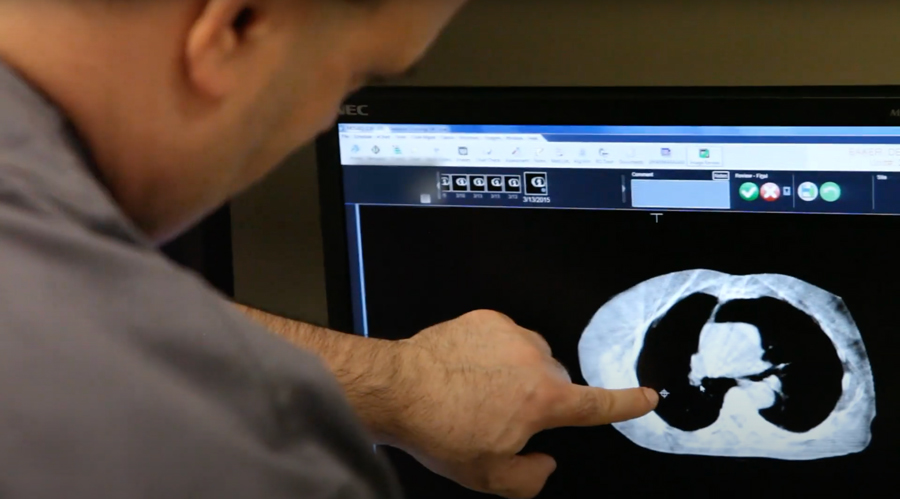Tag: cancer treatment
Unlocking the mechanism of action of arsenic trioxide in leukaemia

The blood cancer acute promyelocytic leukaemia (APL) has recently been transformed from a fatal condition to a curable one, thanks to the development of treatments including vitamin A1 and arsenic trioxide (ATO). Although very effective, the mechanism of action of ATO has remained unclear until now. Changing this is Professor Paul B Tchounwou and his team at Jackson State University, […]
Read More… from Unlocking the mechanism of action of arsenic trioxide in leukaemia
Lighting Up Iridium Complexes

Iridium (Ir) is a fascinating element. A rare metal found in the Earth’s crust, Ir can bond with a variety of other elements to make different metal complexes. Such complexes have unusual and interesting interactions with light, with many complexes exhibiting strong luminescence on long timescales. This has made them widely used as molecules for bioimaging probes and organic light […]
FLASH radiotherapy: What, how and why?

Ultra-high dose rate (FLASH) radiotherapy is a new way of treating tumours caused by cancer. Higher doses of radiotherapy are associated with trauma to the healthy tissue surrounding the tumour, whereas FLASH radiotherapy demonstrates a sparing effect of the healthy tissues without compromising the anti-tumour action. Dr Kristoffer Petersson at the Oxford Institute for Radiation Oncology, University of Oxford, along […]
Breath hold techniques during volumetric modulated arc therapy in breast cancer patients

The research of Dr Vishruta Dumane, Icahn School of Medicine at Mount Sinai, New York, focuses on developing approaches to radiotherapy that will minimise risk to neighbouring organs and tissues, whilst maximising the impact of treatment to the tumour. Her recent work adds further support for the use of deep inspiration breath holds during radiotherapy (VMAT) to reduce exposure of […]
Tumorigenesis: Revealing cancer’s origins

Despite huge amounts of research, many aspects of cancer remain mysterious. One of these is the process of tumorigenesis – the very earliest stages of tumour development. John Evans, Emeritus Professor at the University of Otago, New Zealand, has drawn together a wealth of evidence to suggest that the extracellular matrix, the network of proteins and carbohydrates that surrounds cells, […]
Diet and cancer: Investigating the mechanisms of polyphenolic compounds in extra virgin olive oil

The health benefits of extra virgin olive oil are widely acknowledged, but we still have much to learn about the compounds which provide these benefits. Dr Limor Goren, Hunter College of the City University of New York, has recently completed her PhD which explored the anti-cancer effects of oleocanthal, a phenolic compound found in extra virgin olive oil. Dr Goren […]
New photosensitisers for photodynamic therapy

Light plays an important role in the fight against cancer. Phototherapies, that work by shining light at the cancerous tumours, are effective treatments for some malignant cancers. However, for photodynamic therapy to destroy only cancerous cells, photosensitisers have to be used before surgery, so the light is mostly absorbed by the tumour, not the healthy tissue. Professor Hideya Yuasa at the Tokyo Institute of Technology has […]
Read More… from New photosensitisers for photodynamic therapy